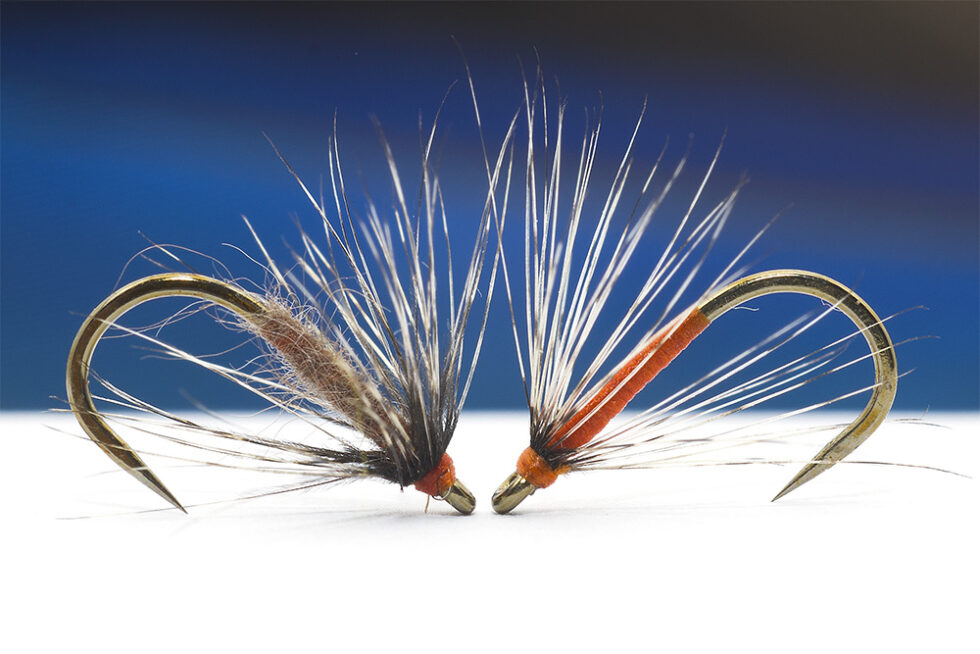
I recently got my hands on some Spanish rooster feathers that, I’d say, are identical to the famous feathers from the roosters of Făgăraș. So, yesterday and this morning, I tied a few traditional-style wet flies.
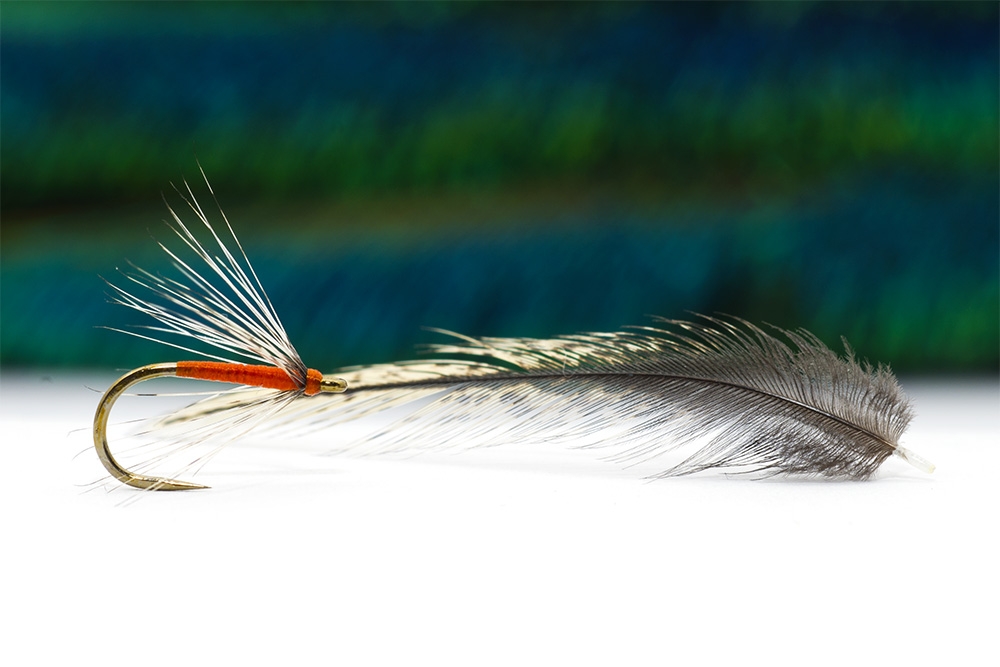
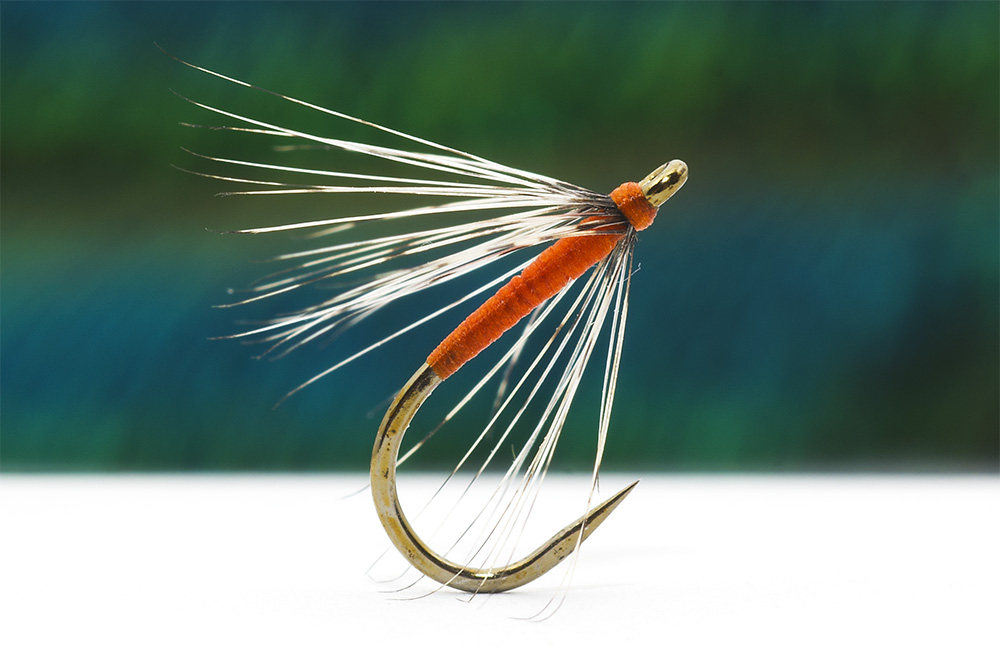
I first heard about these flies from Victor Țaruș — an exceptional fly angler and writer — who told me a story about some flies he once received from a Gypsy blacksmith. This man fished with a hazelwood rod, back in the 1970s, when Victor needed someone to catch a lot of trout to help start a new trout farm.
At the time, Victor was a forestry engineer involved in refurbishing trout farms during Ceausescu’s era. According to Victor, the Gypsy was the best fisherman he had ever met: he never made a wrong move, never made a sound — like an otter, like a shadow. Every cast was efficient, each one bringing a trout to the bank.
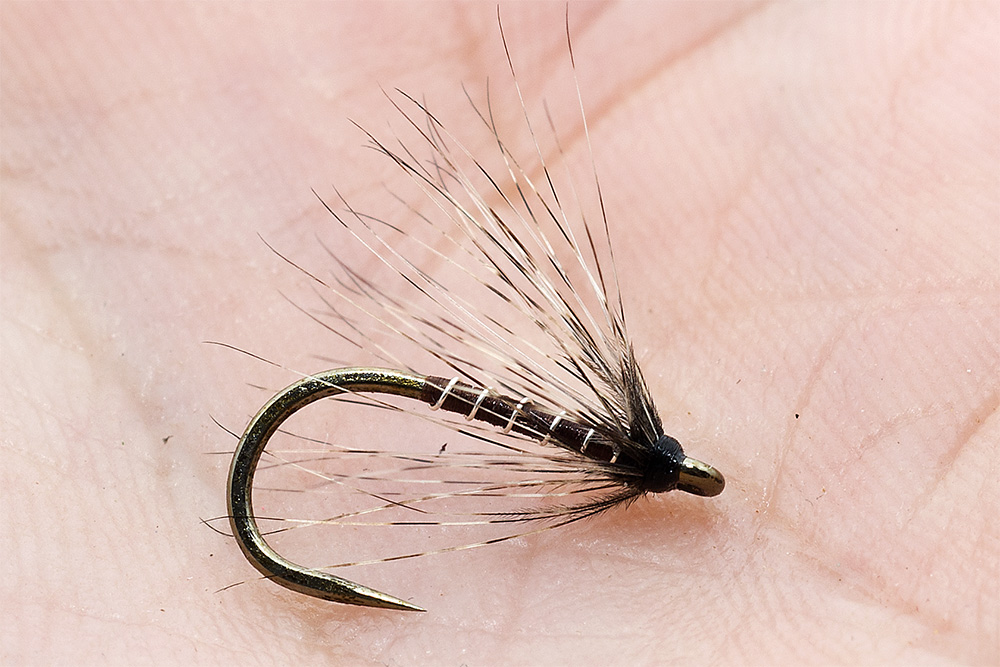
The flies were made in the old way — tied by hand using thread and a Făgăraș rooster hackle, twisted a few times and then secured so it wouldn’t come loose. The rooster’s barbules would sit at a 30–45° angle to the hook shank. Open, speckled, and beautifully marked, these feathers were highly prized.
Their history goes way back — they came from roosters brought over by Spaniards who contributed to Romania’s development during King Carol’s reign. Back then, the king invited Spanish, Italian, and Austrian engineers to help restore rivers and build the first railways in Romania. The Spanish families brought their own roosters with them — likely Pardo roosters. This makes sense, as old-time anglers claimed that the roosters in the areas where the Spaniards settled looked almost identical to Pardo roosters.
But back to our story… The Gypsy fisherman was so skilled and valued his rooster so much that it was, for him, the most important animal he owned. He carried it everywhere he went, just like some of us today take our dogs everywhere.
Anyway — enough talking, or as the old saying goes: “long talk makes a poor man.”
Here are a few flies tied in the same style — though I couldn’t resist adding a bit of tinsel here and there.
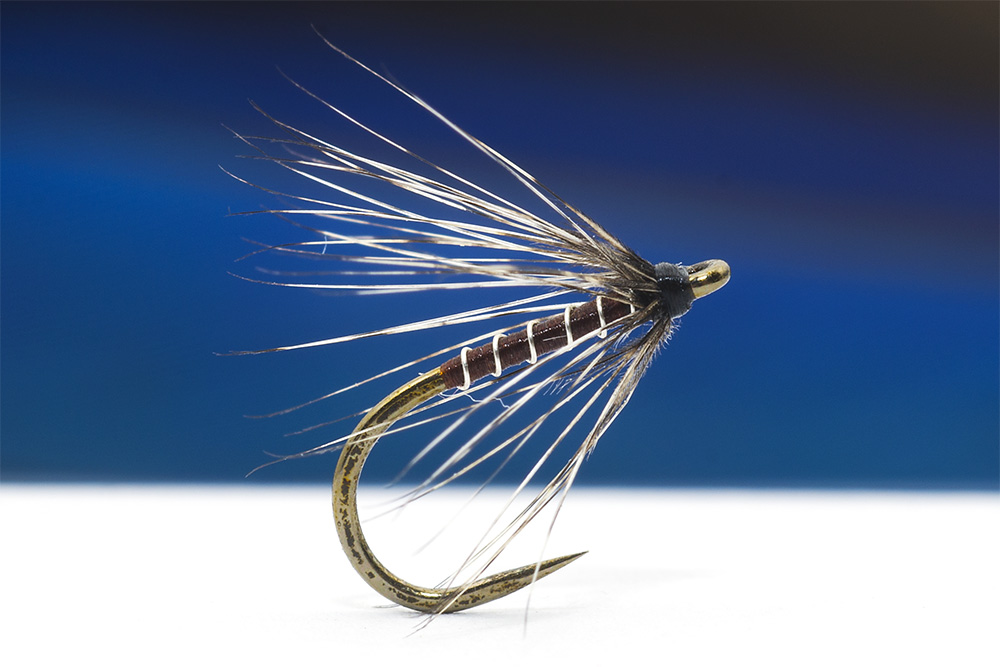
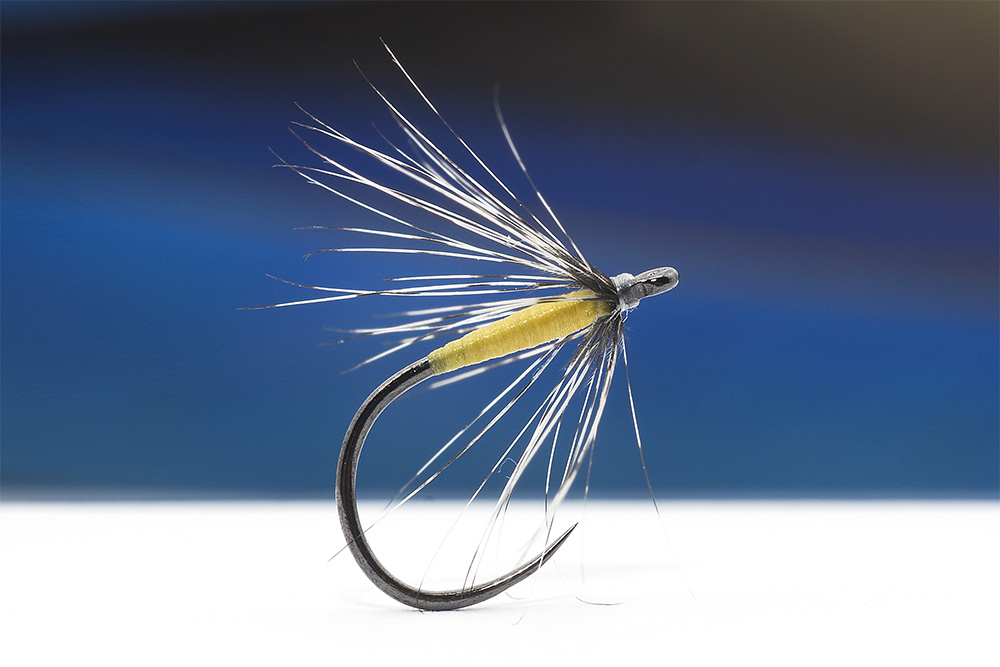
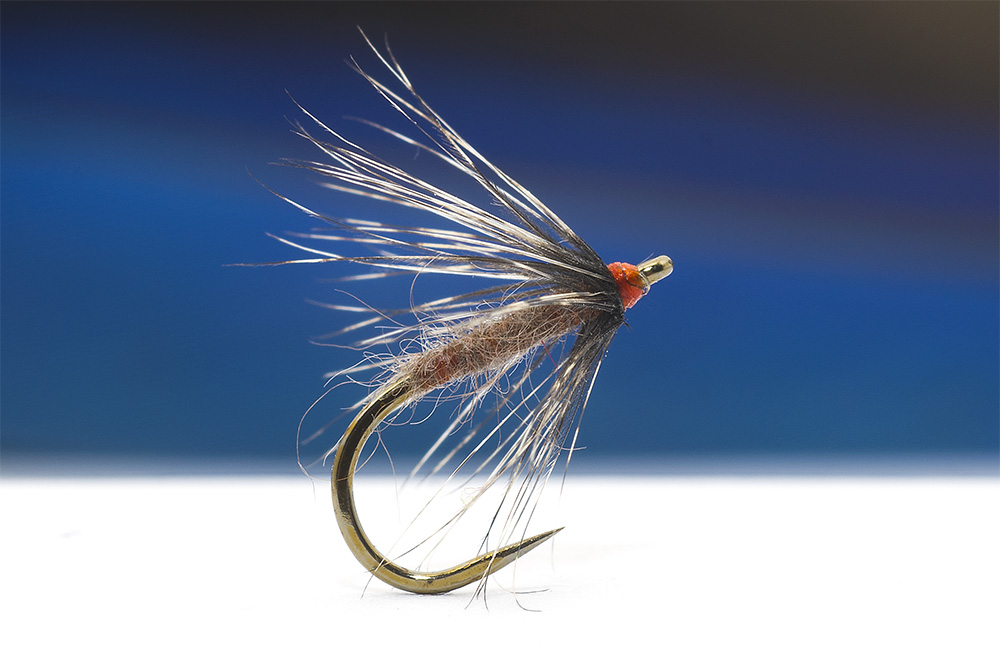
As a note, these flies were usually fished in team of two. The rivers in the Fagaras Mountains are very similar to the fast, torrent-like streams of the Italian Alps. So, there was no casting or mending involved. The flies were carefully guided behind boulders and then pulled along the seam of the current. The trout would strike immediately.
The fisherman’s greatest concern was to approach quietly and carefully, so as not to spook the fish.
That’s all guys! Happy weekend!
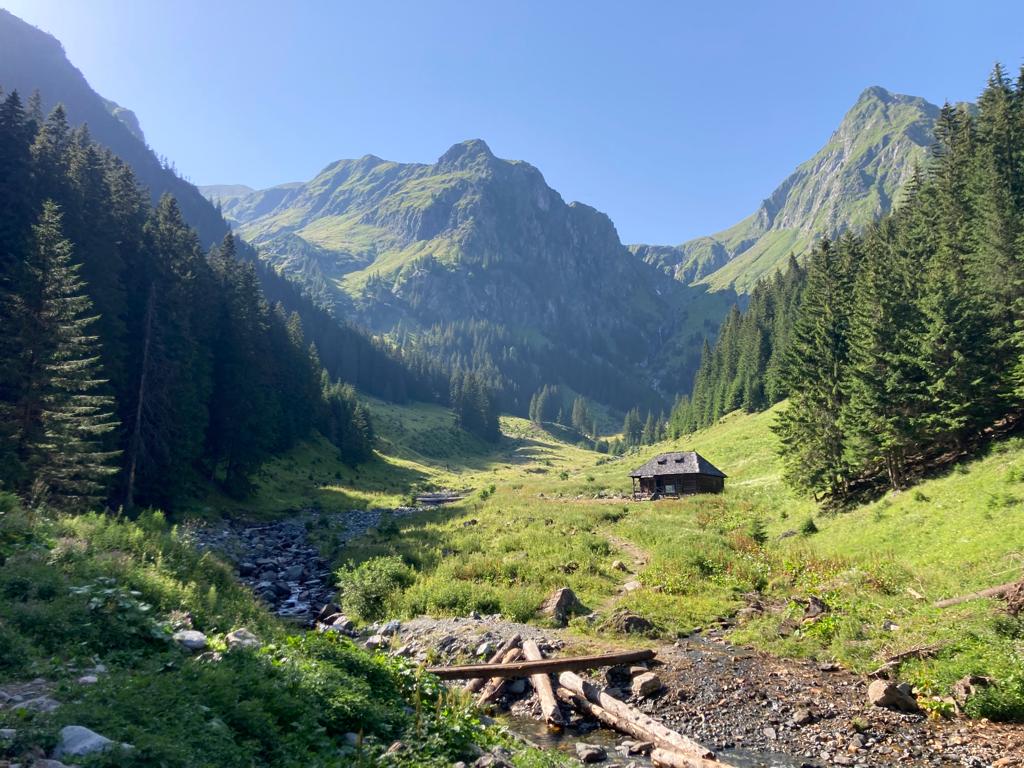

August 14, 2025
That’s a special story, Lucian. Thanks for telling. The Spanish roosters also travelled to France but that is a wellknown fact. And also to usa I think but Whiting doesn’t do a very good job I think.
August 14, 2025
Thank you Leon, yes, old stories 🙂 lots of fish and no fishing pressure 🙂